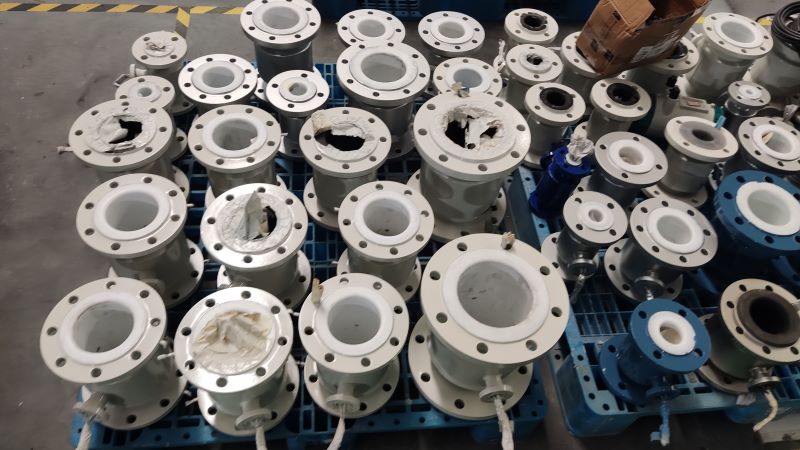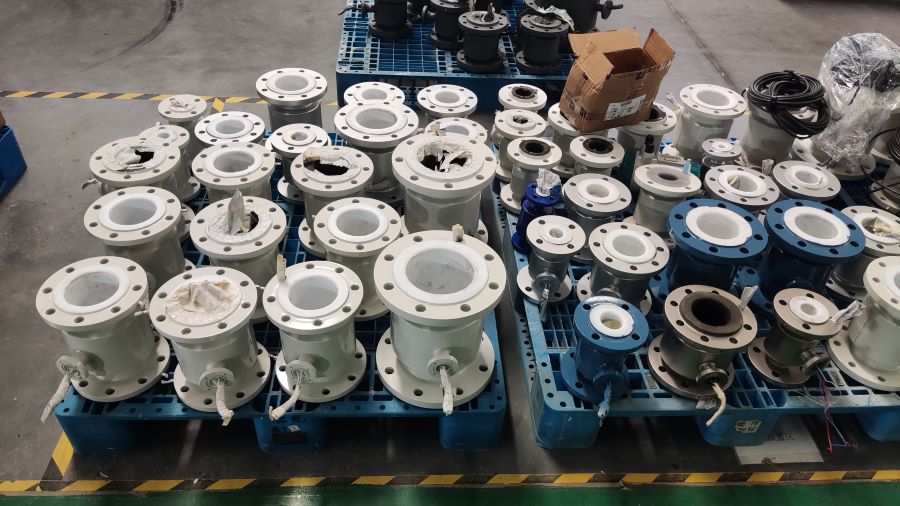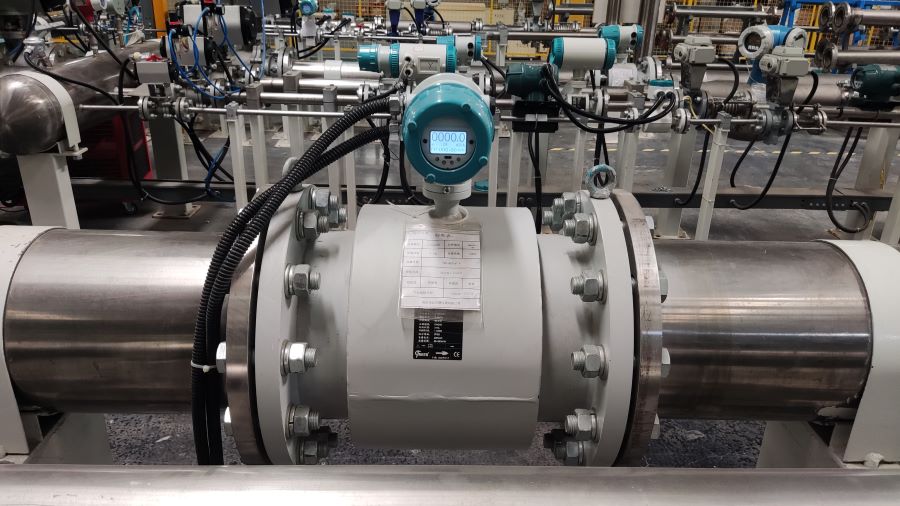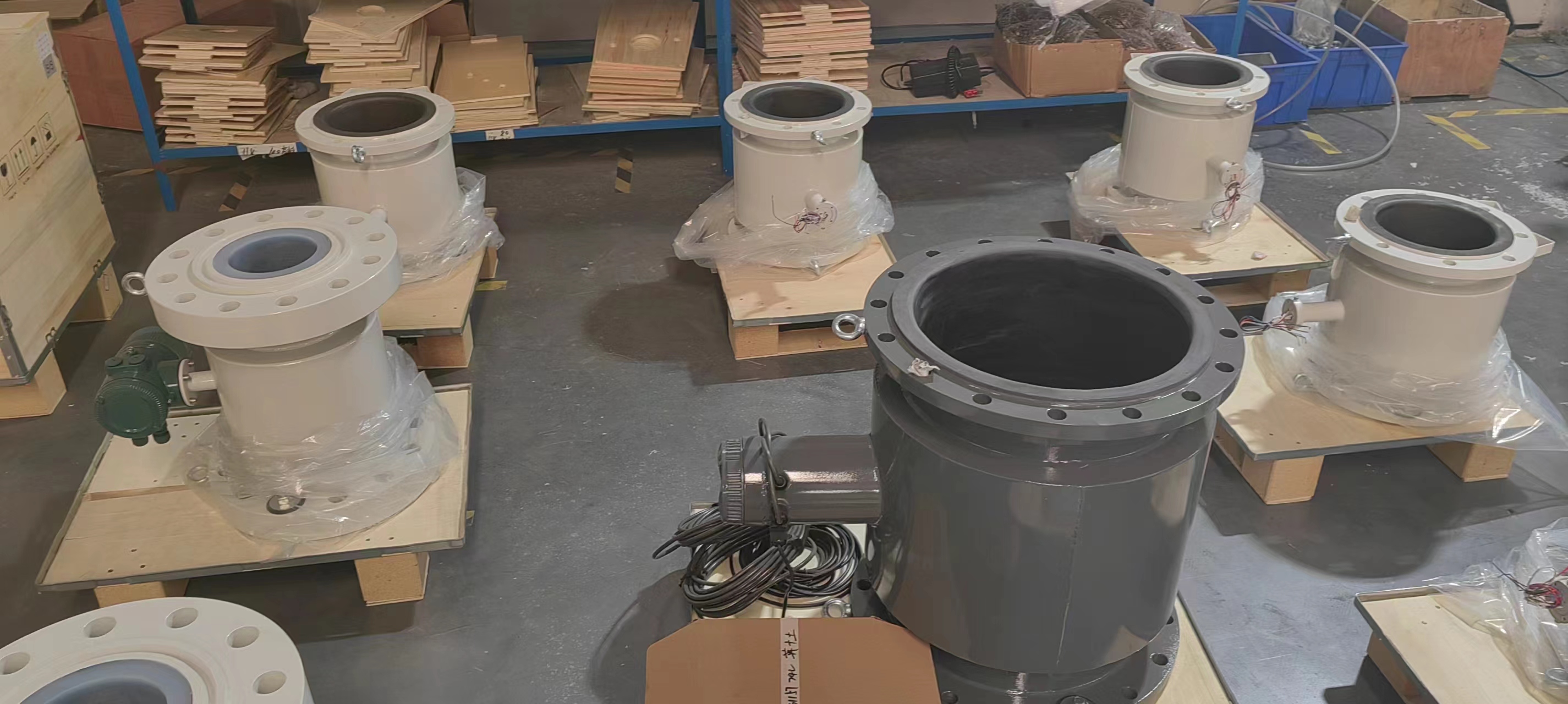Electromagnetic flowmeter structure
The electromagnetic flowmeter is constructed in such a way that it mainly consists of a number of key components that work together to measure the flow of a conductive liquid. The following is the main structure of the electromagnetic flowmeter and its functions:
1. Magnetic circuit system
Function: Generate uniform DC or AC magnetic field. Dc magnetic circuit is usually implemented using permanent magnets, the structure is relatively simple and less interfered by AC magnetic field. However, the DC magnetic field can easily polarize the electrolyte liquid in the measuring catheter and affect the measurement accuracy. Therefore, electromagnetic flowmeters mostly use alternating magnetic fields, usually generated by 50HZ power supply excitation.
Features: Alternating magnetic field can avoid electrode polarization, improve measurement accuracy, and adapt to the needs of different pipe diameters.
2. Measure the catheter
Function: As a pipeline for the flow of the tested conductive liquid. The measuring tube must be made of materials with no magnetic conductivity, low electrical conductivity, low thermal conductivity and certain mechanical strength, such as stainless steel, glass fiber reinforced plastic, high strength plastic, etc.
Features: To ensure that the magnetic flux is not shunt or short circuit when the magnetic force line passes through the measurement catheter, to ensure the measurement accuracy.
3: Electrodes
Function: Extract the induced potential signal proportional to the measurement. The electrodes are usually made of a non-magnetic material, such as stainless steel, and flush with the lining to reduce fluid flow resistance.
Installation position: It should be installed in the vertical direction of the pipeline to prevent sediment accumulation affecting the measurement accuracy.
4: Shell
Function: Protect internal components and isolate external magnetic field interference. The housing is usually made of ferromagnetic material and serves as the outer cover of the excitation coil.
5. Lining
Function: A complete electrical insulating lining is provided on the inside of the measuring tube and the flange sealing surface. The lining materials are mostly corrosion resistant, high temperature resistant, wear-resistant polytetrafluoroethylene plastics, ceramics, etc., which directly contact the measured liquid to increase the corrosion resistance of the measuring conduit and prevent the induction potential short circuit.
6. Converter
Function: The induced potential signal is amplified and converted into a unified standard signal (such as 4-20mA), while suppressing the main interference signal. The converter ensures the stability and accuracy of the signal for subsequent display, recording or control.
The structure of the electromagnetic flowmeter is designed closely around its measurement principle, through the magnetic circuit system to generate a magnetic field, the measurement conduit to allow conductive liquid to pass, the electrode to extract the induced potential signal, the shell to protect the internal components, the lining to increase corrosion resistance and the converter to process the signal and other key links to achieve accurate measurement of conductive liquid flow. This structure makes the electromagnetic flowmeter in chemical industry, water treatment, metallurgy and other industrial fields have a wide range of application prospects.

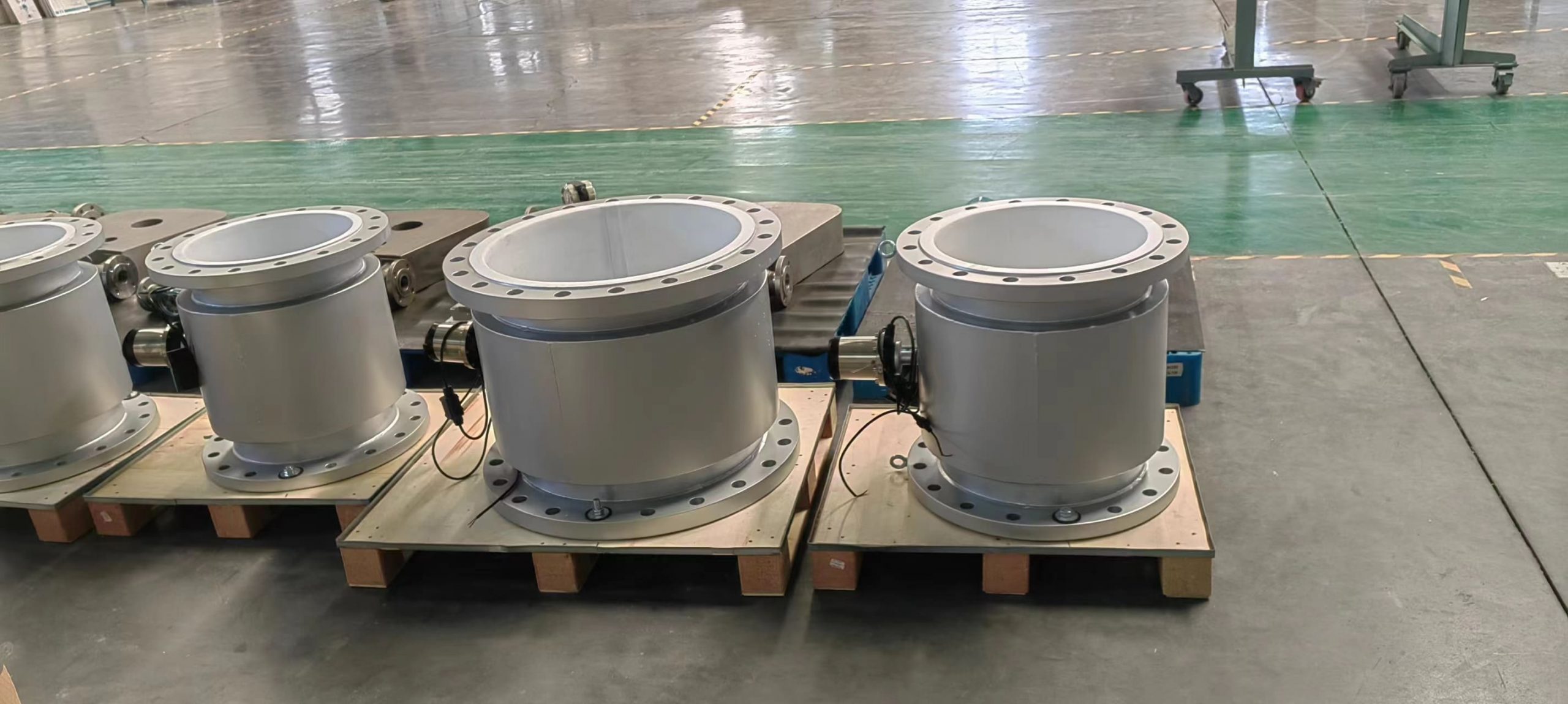
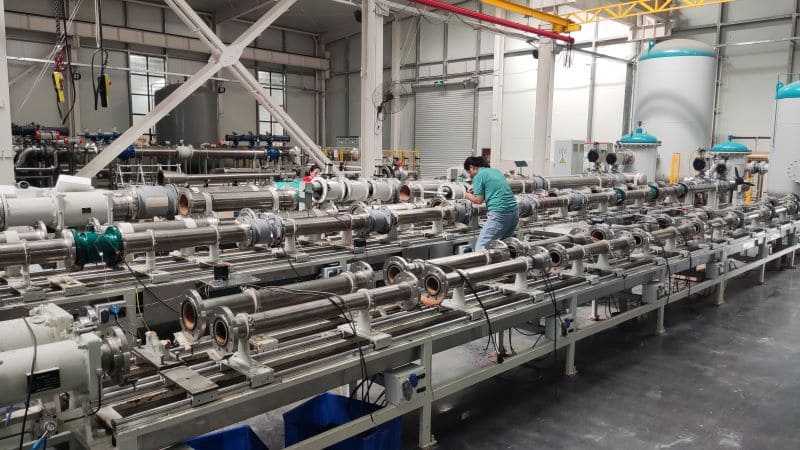
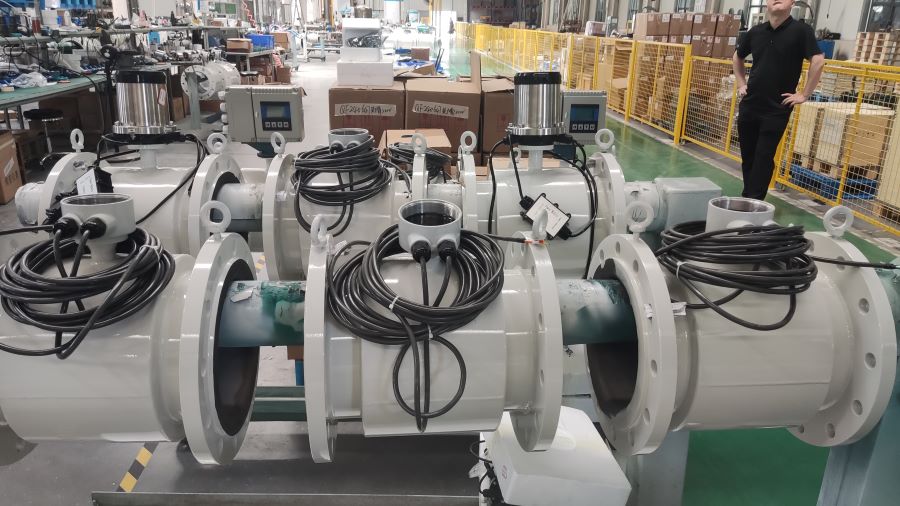
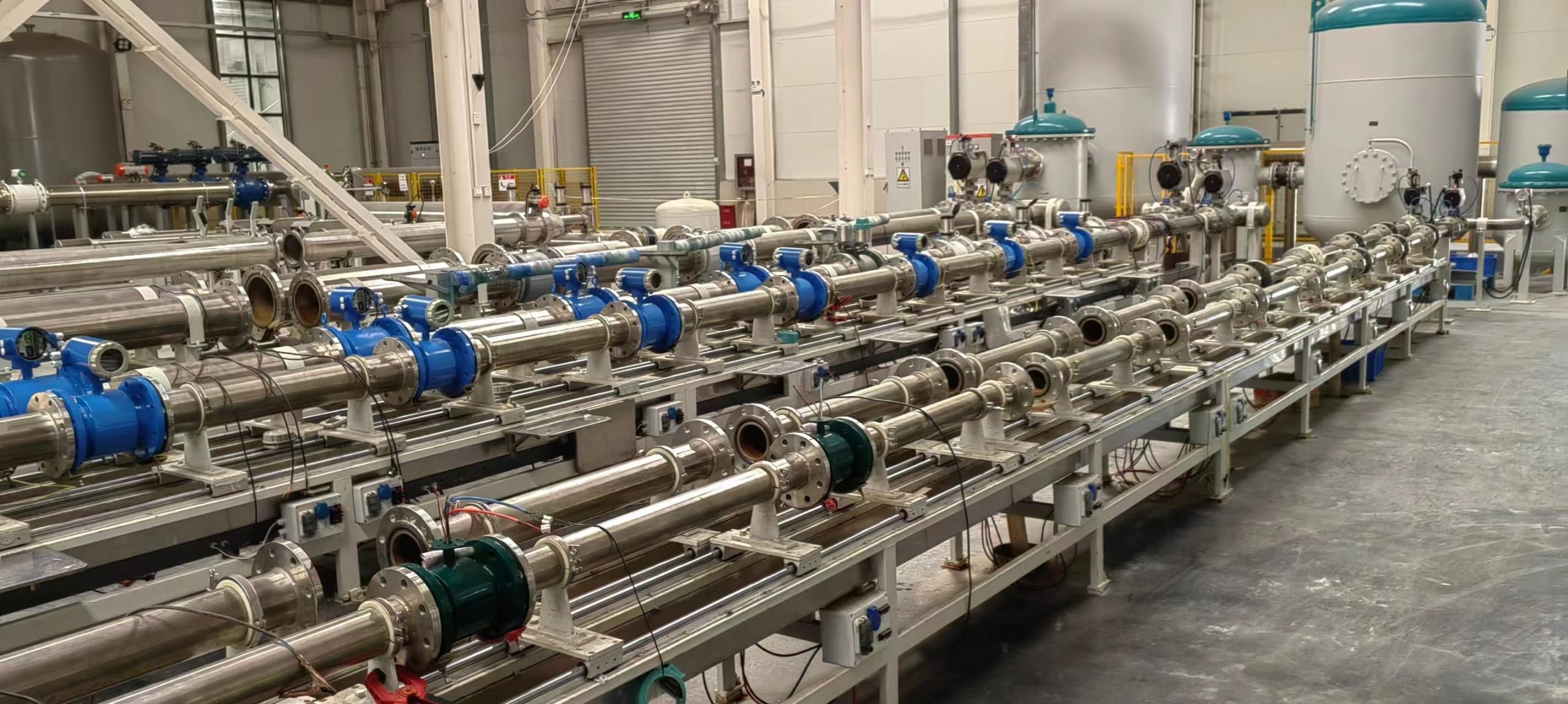
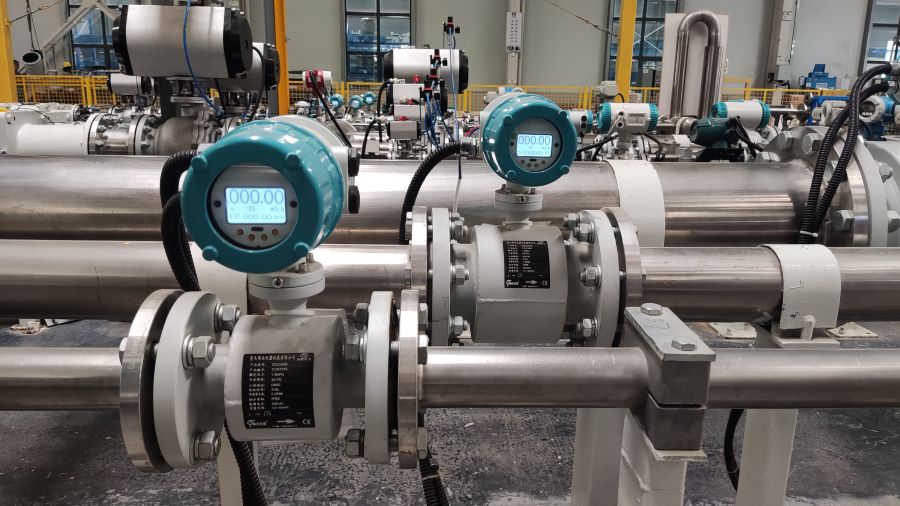
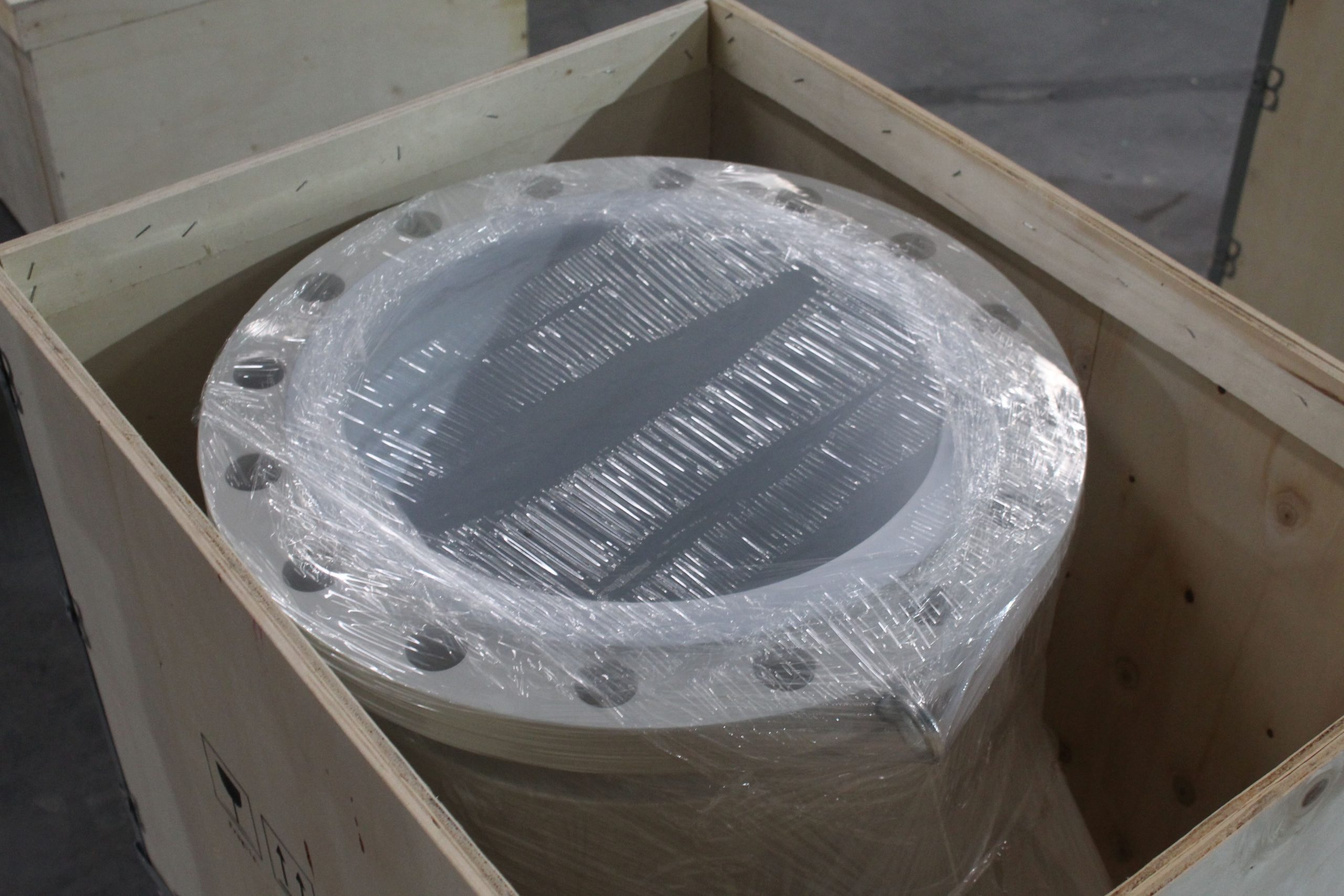
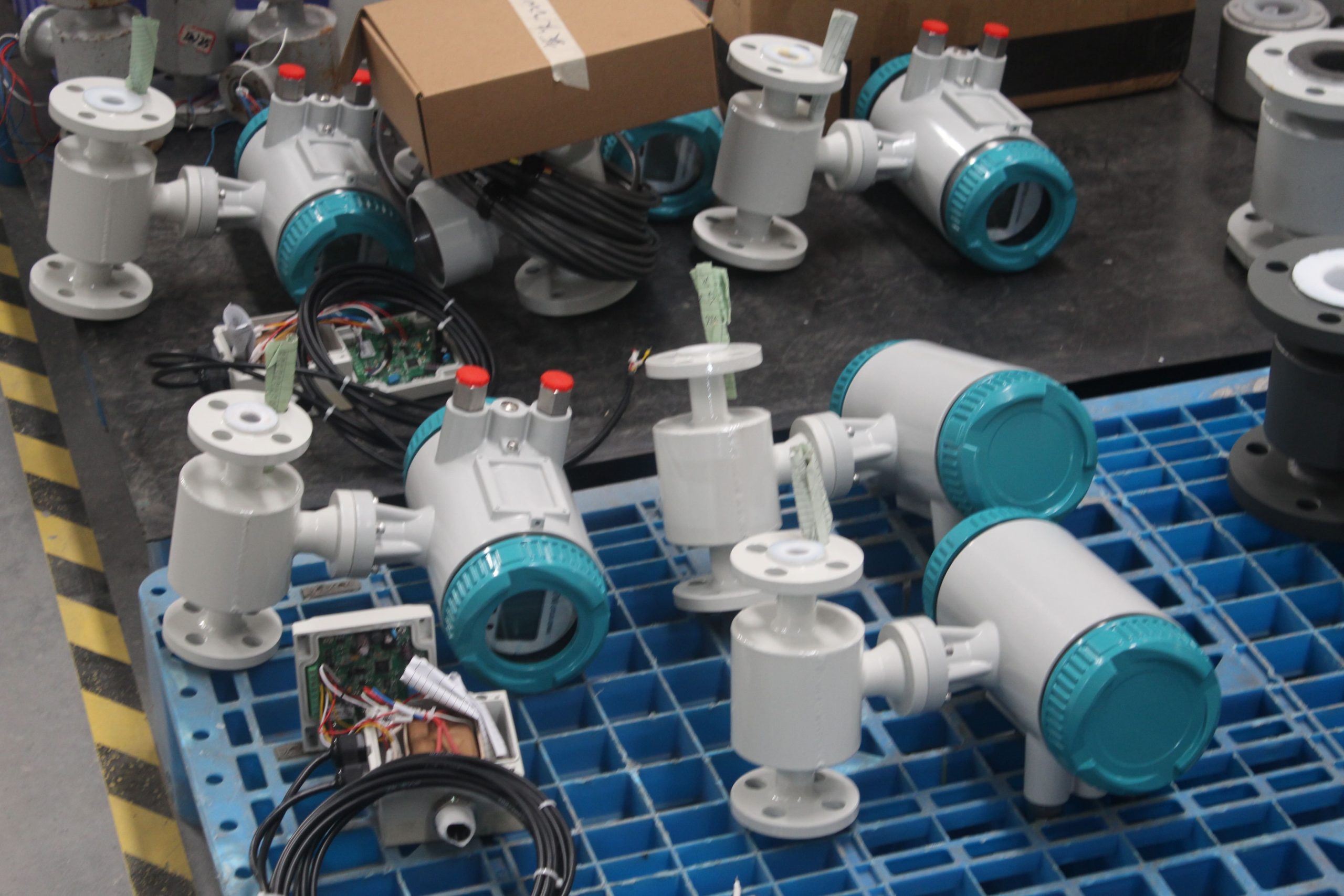
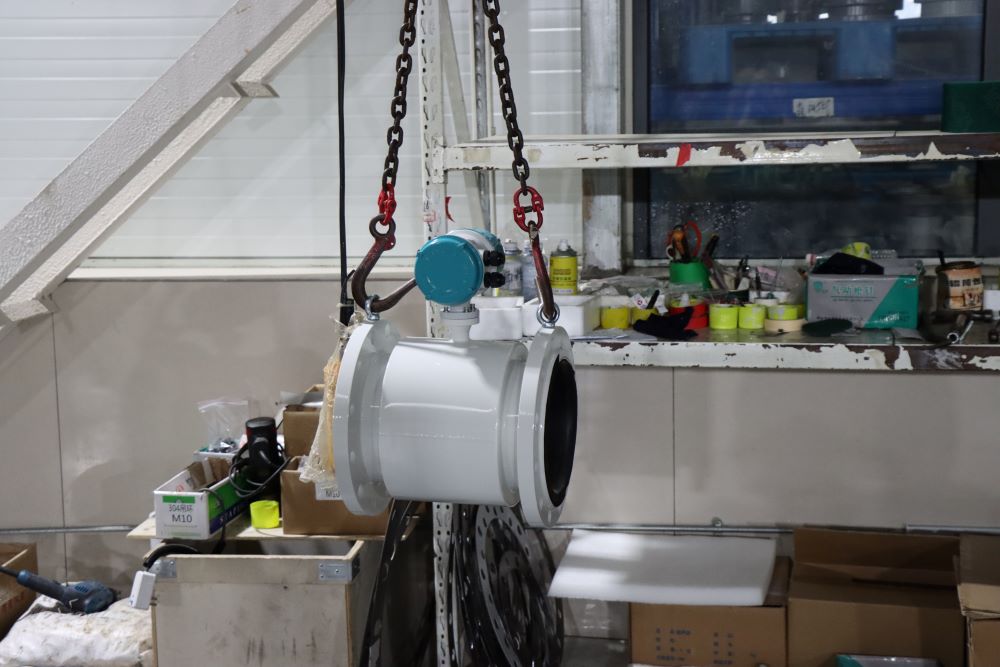

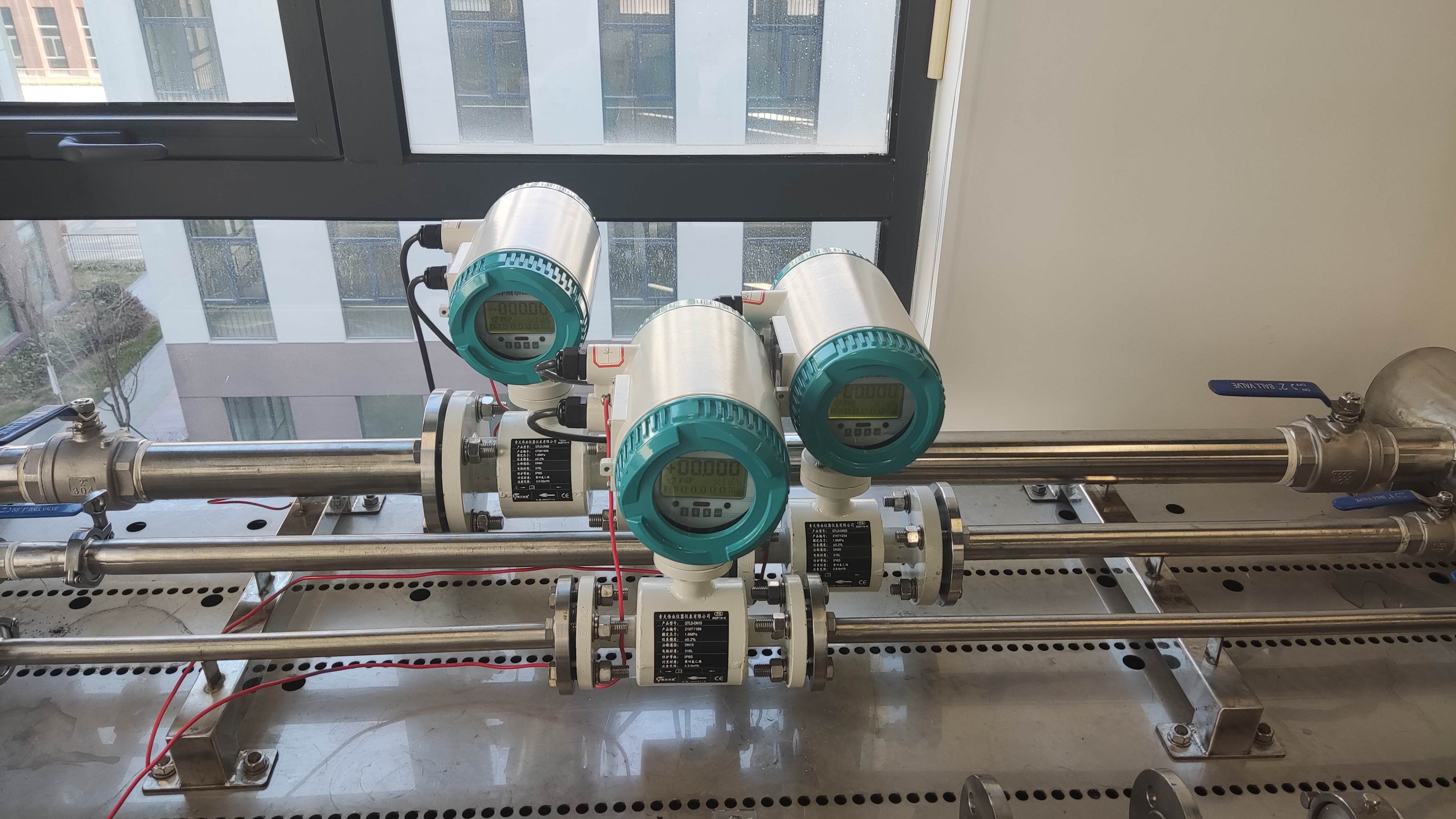

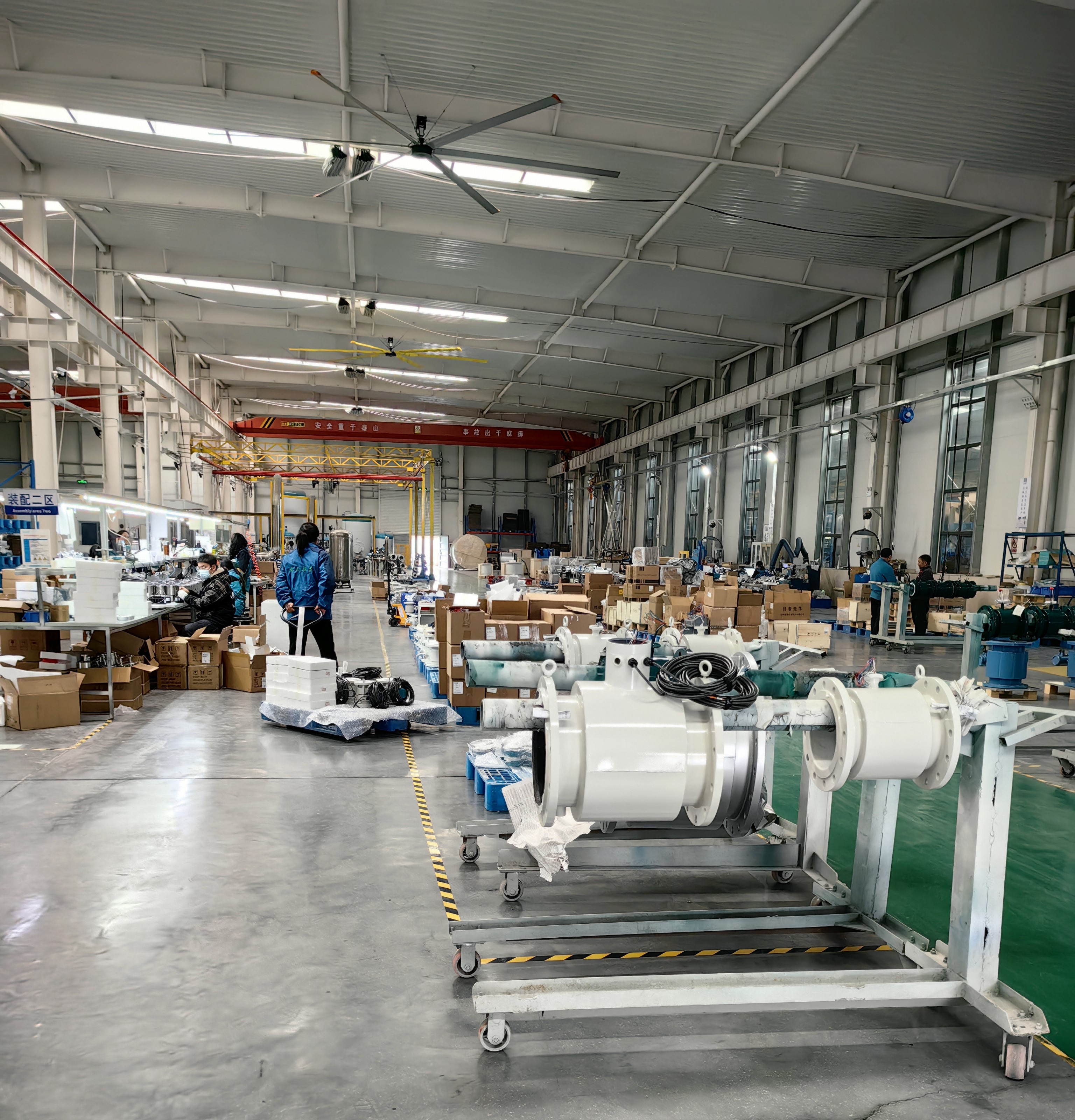
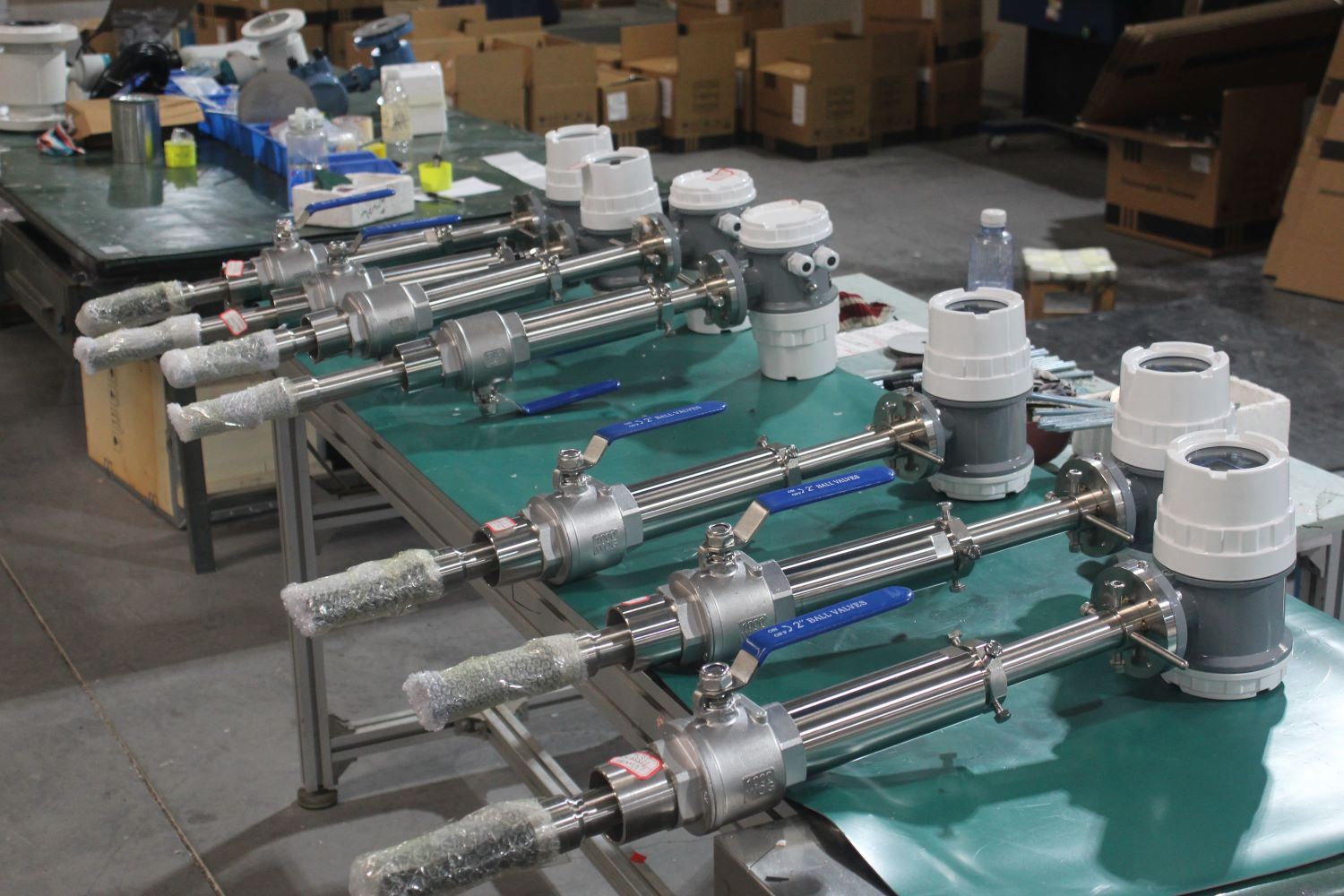
-.jpg)
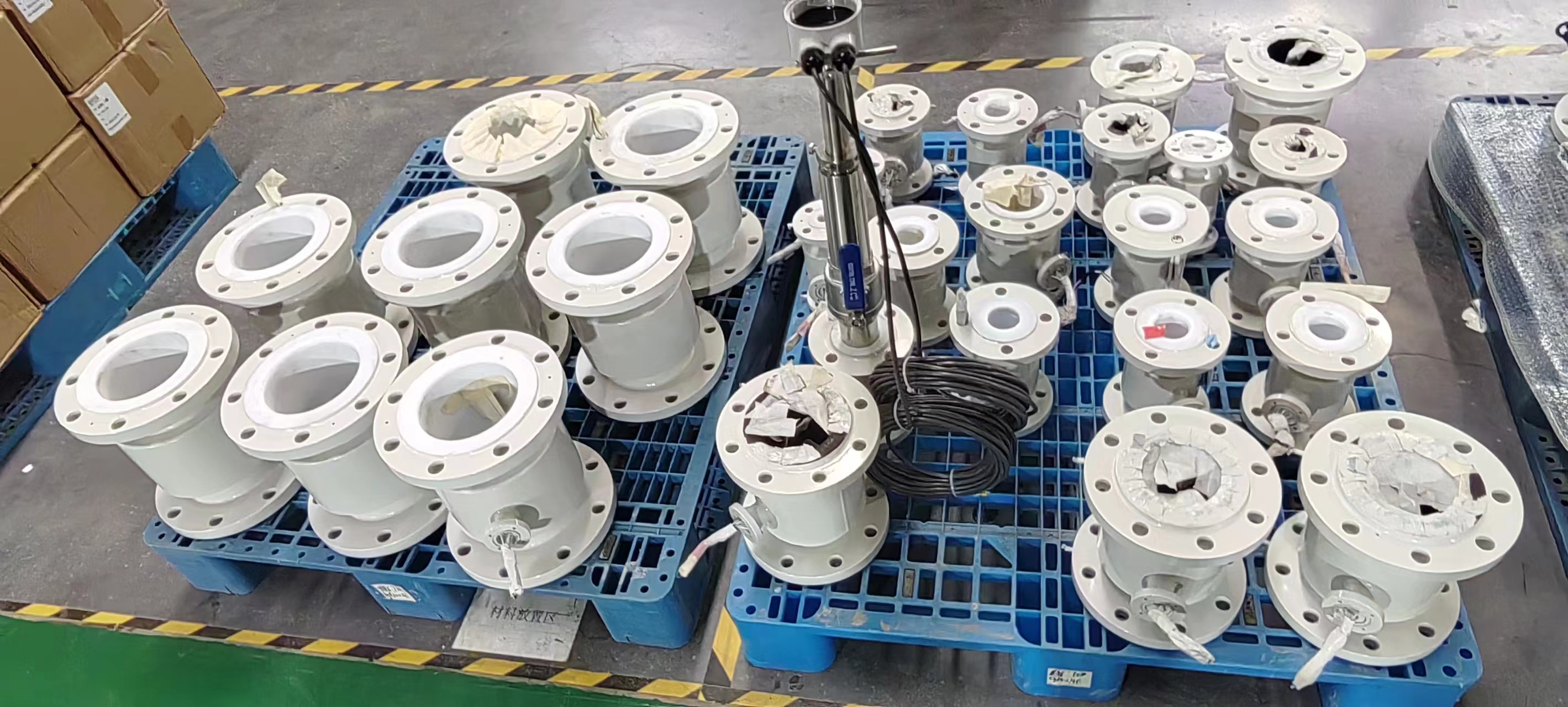
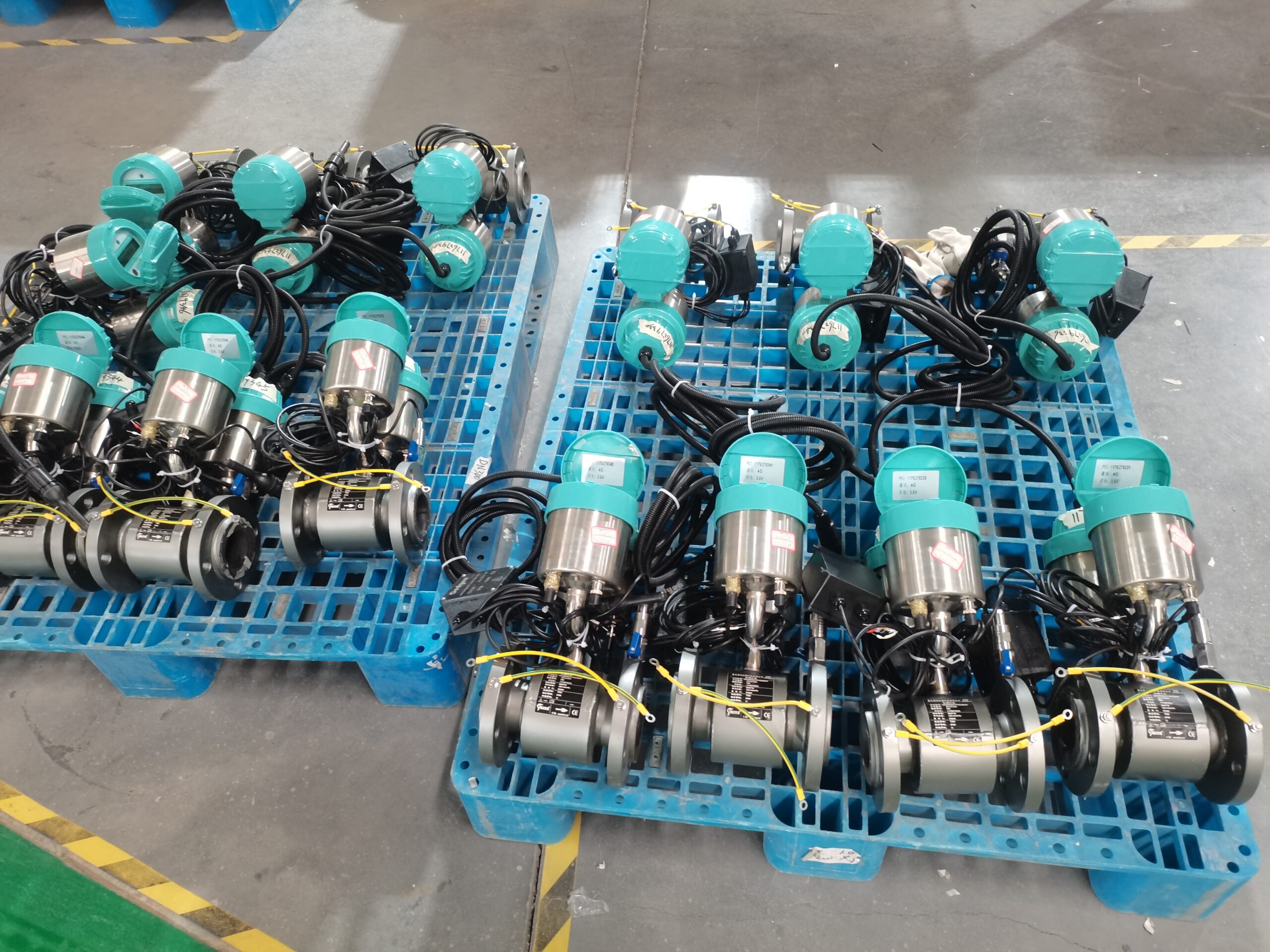
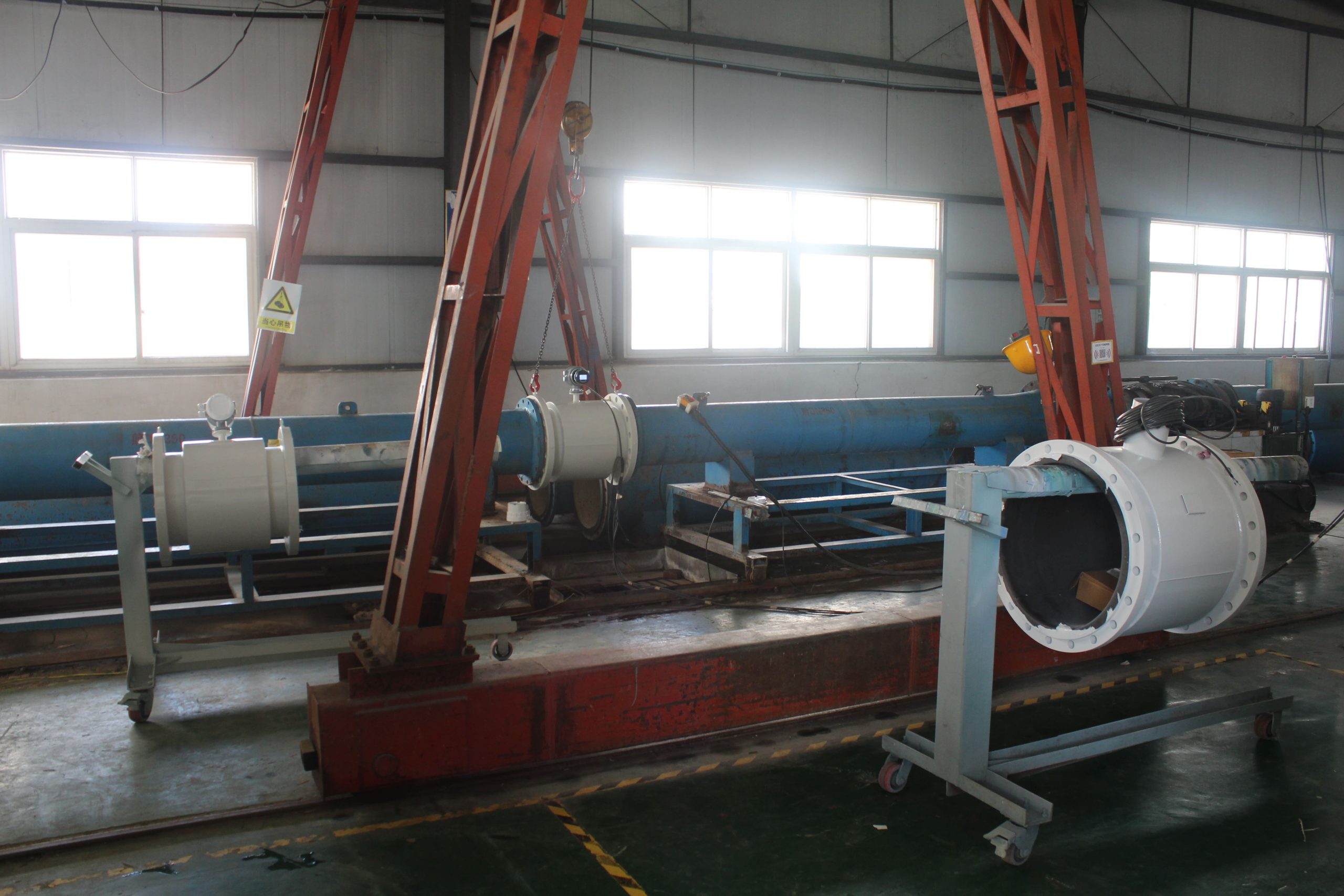
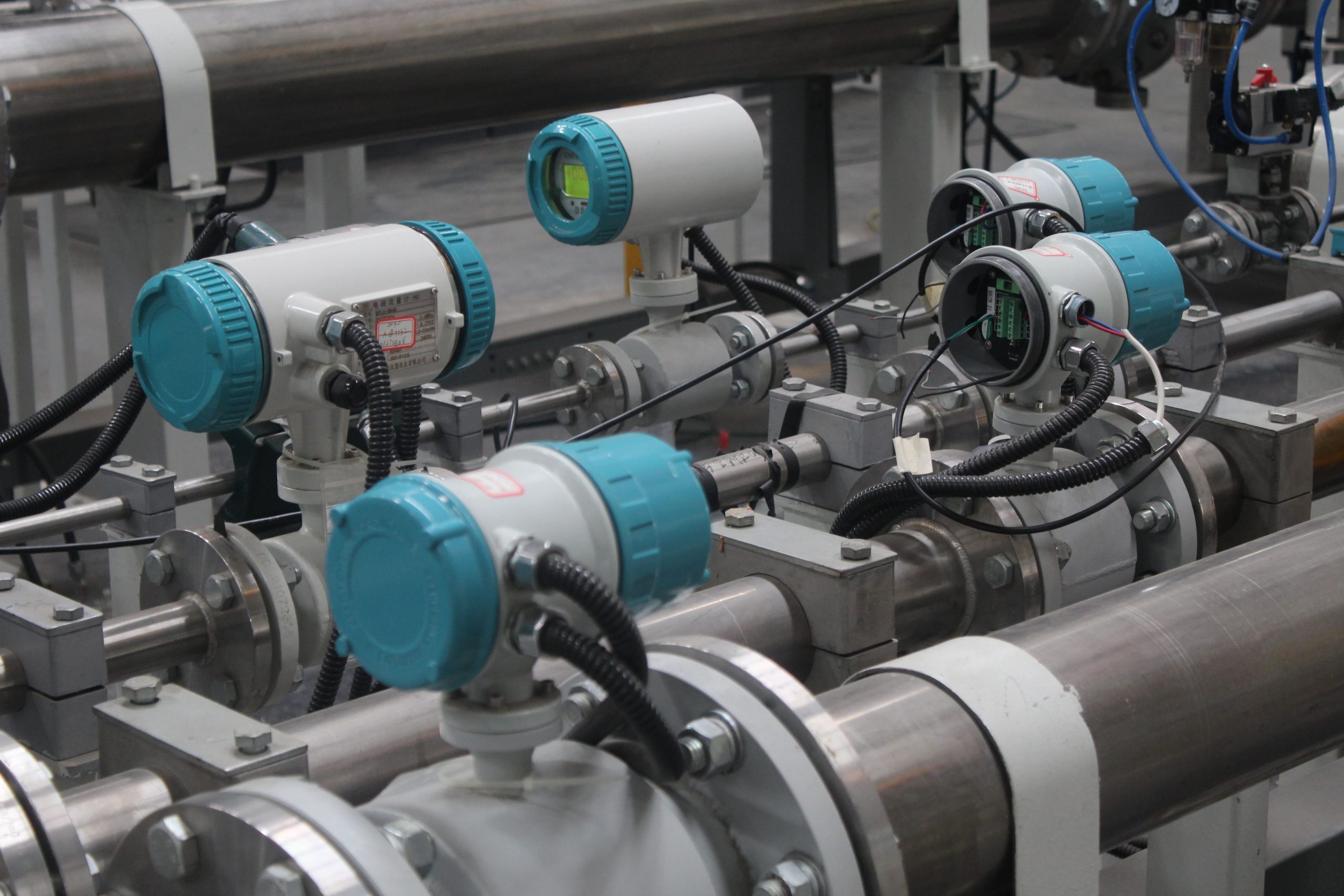
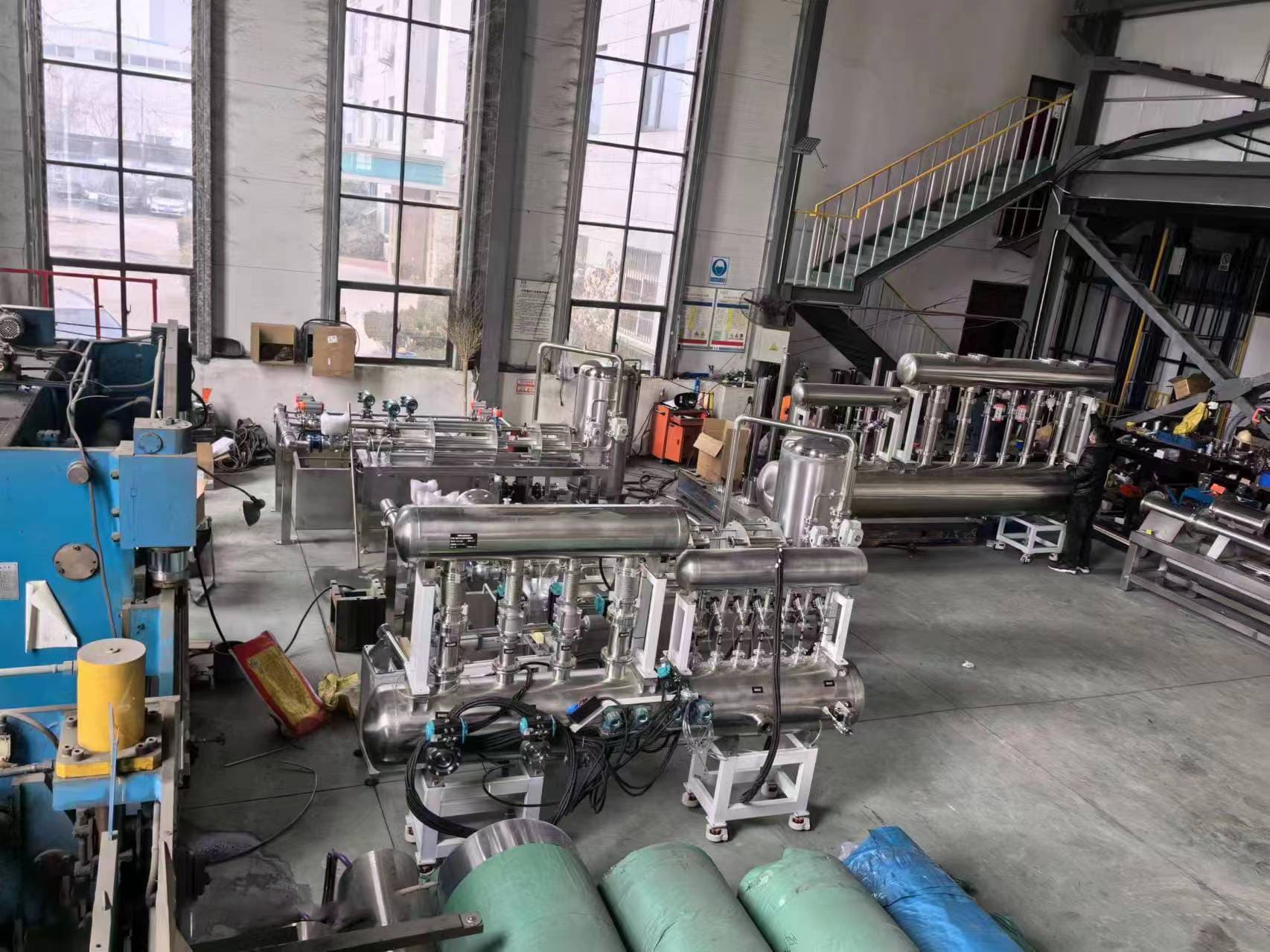
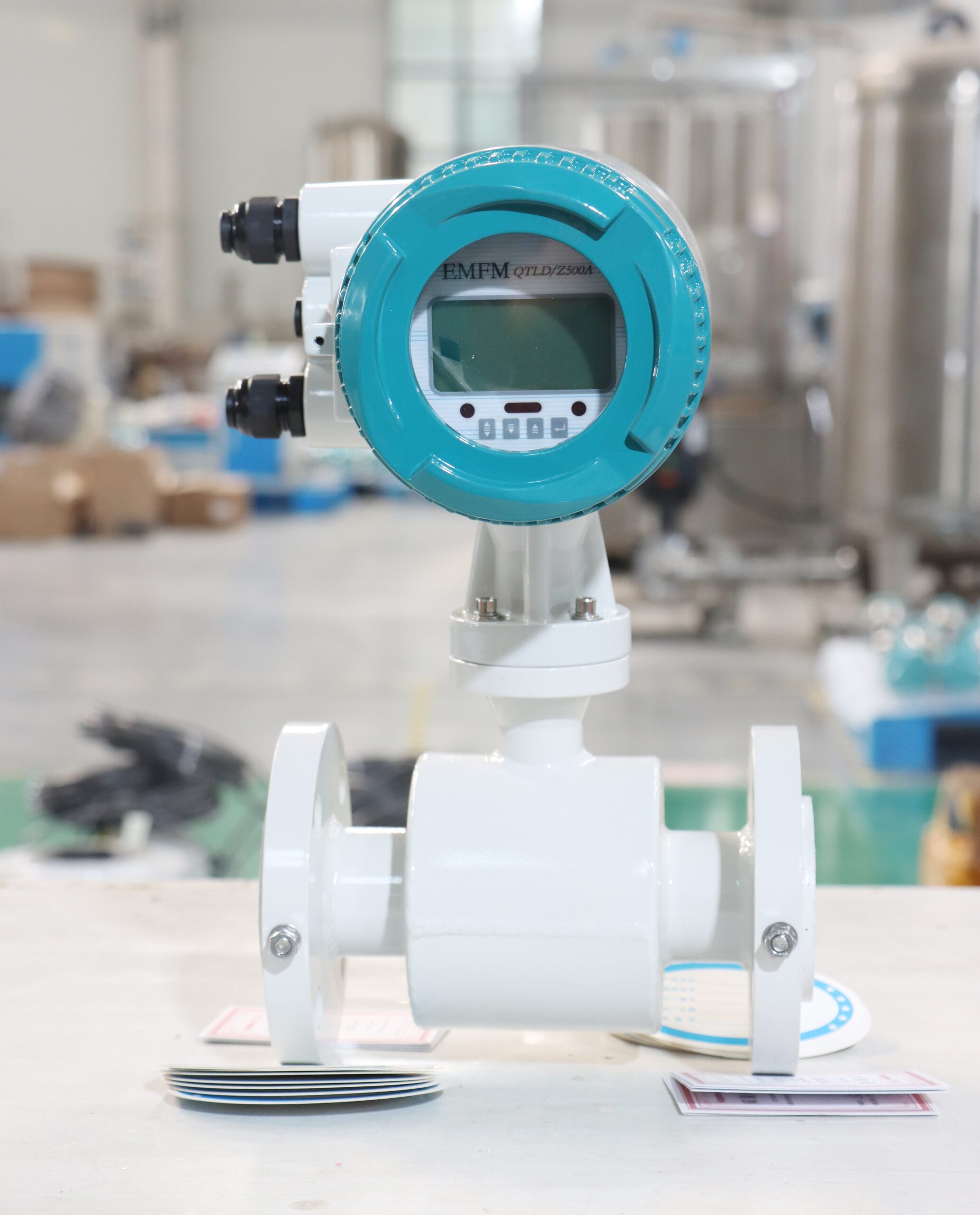
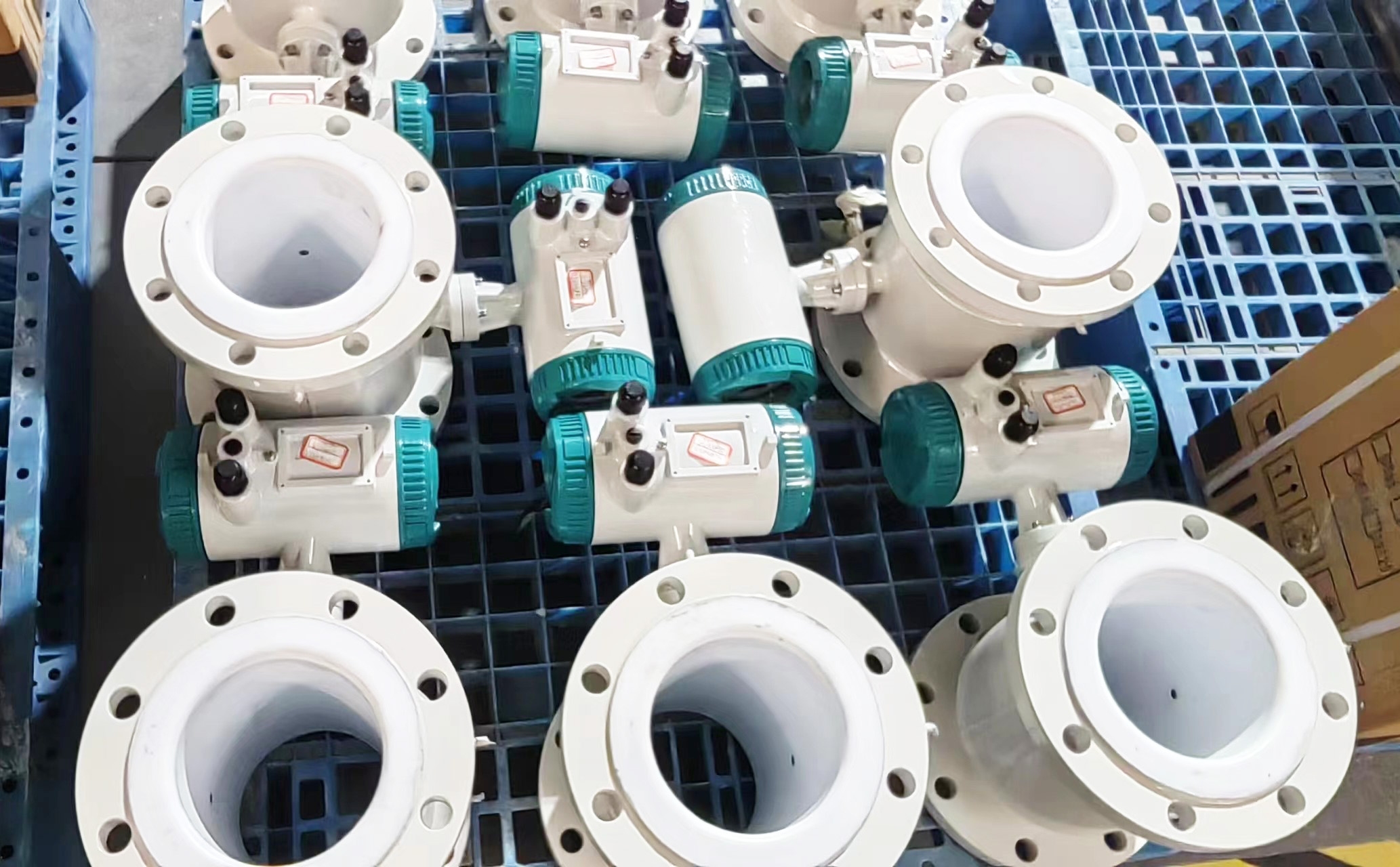
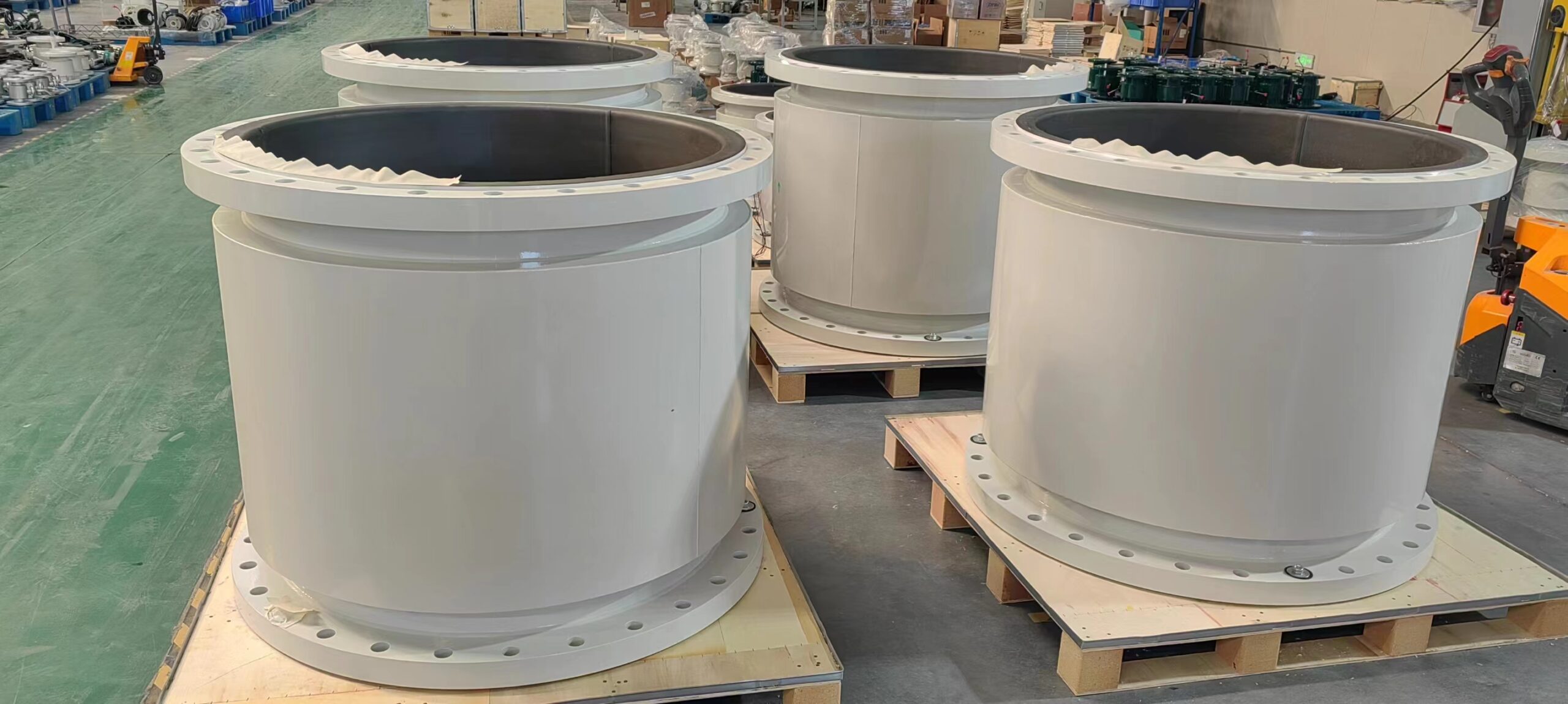
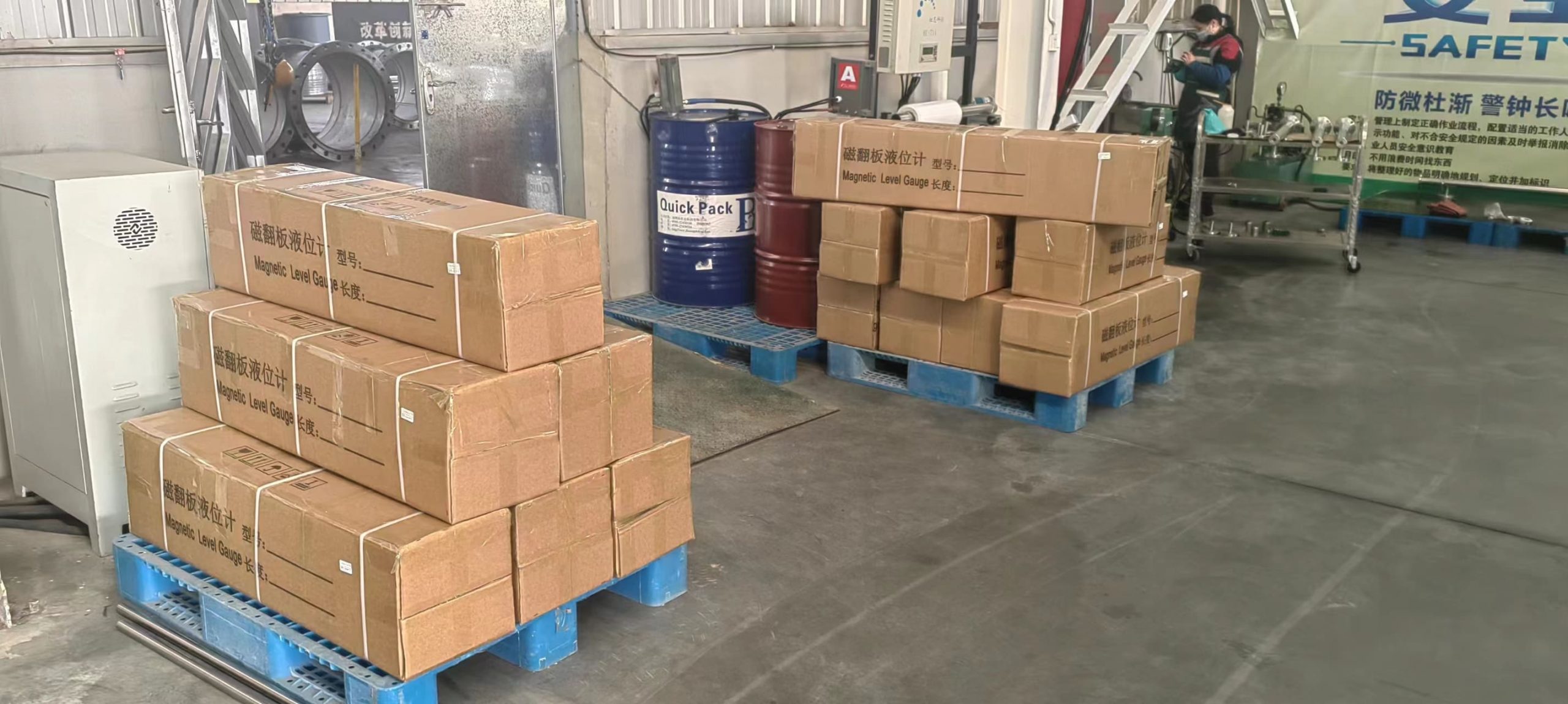
-.jpg)
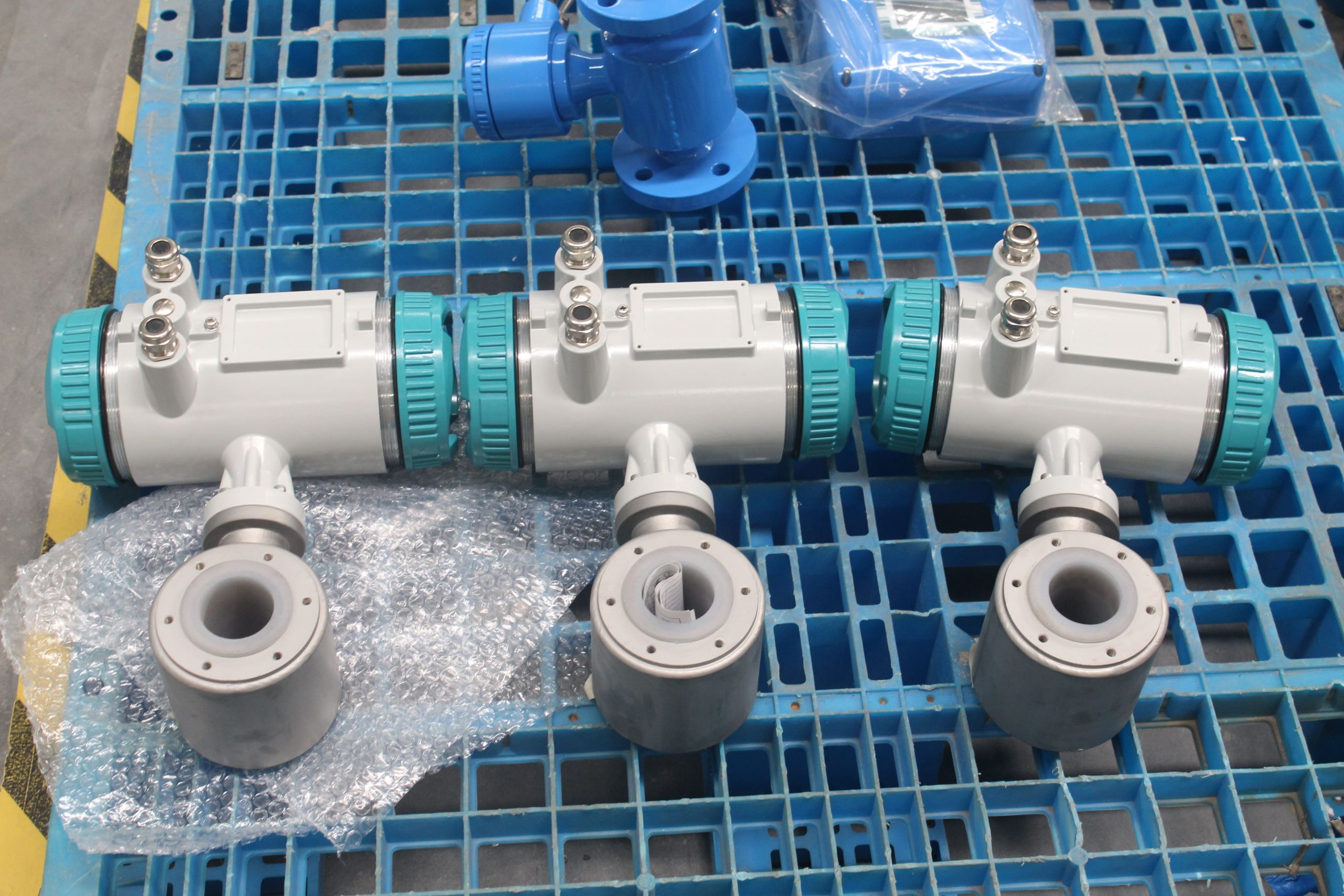
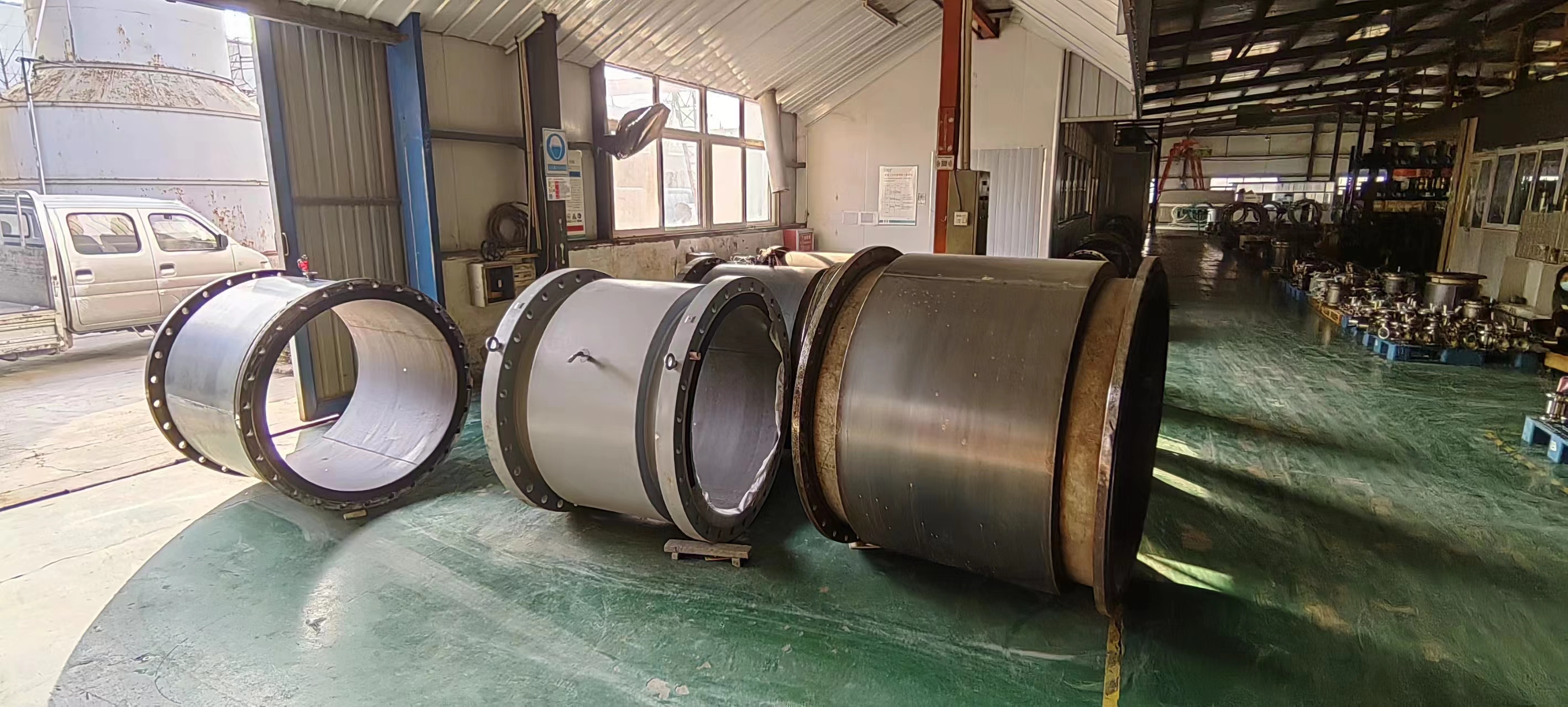
-.jpg)
